Games and Movement in Grades 1-8: A Holistic Approach to Child Development
The start of the 2024-2025 school year is upon us. Here, we revisit a Parent/Caregiver Enrichment Program Presentation (PEP) from last school year by WSSD Games Teacher, Sara Gomes.
In the journey of education, the role of physical movement and play is often underestimated. However, in a well-rounded curriculum, particularly within the Waldorf Education framework, movement is seen as integral to a child’s overall development. From grades 1 through 8, the movement curriculum is designed not just to enhance physical abilities but to nurture emotional, psychological, and spiritual well-being.
Movement as a Path to Self-Integration
At the heart of the movement curriculum lies the goal of helping children integrate their movements with their bodily awareness. This integration allows children to express themselves more completely and authentically in their daily activities. By engaging in various forms of movement—whether through play, sports, or patterned rhythmic activities—children are given the opportunity to explore their physical capacities. This exploration is not just about developing skills but also about discovering joy in movement and a deeper connection to their own bodies. Each stage of development brings its own challenges and milestones. The curriculum recognizes these phases—such as the nine-year change, the twelve-year change, and puberty—and tailors activities to meet the needs of children during these critical periods. For instance, when children grapple with feelings of separateness, despair, or confusion, movement activities are designed to ground them and help them reconnect with their bodies. Through these experiences, children learn to find balance, coordination, and agility, which in turn supports their emotional and psychological health.
Movement as a Spiritual Process
Waldorf Education views coming into the body as a gradual process. In the first seven years of life, children are still closely connected to the spiritual world. The next seven years are marked by a growing physicality, where children become more rooted in the earthly realm. The movement curriculum facilitates this transition by helping children become aware of their physical presence—where they are in space, how their limbs move, and what their bodies are capable of achieving. In the early grades, games like tag introduce children to the concept of “danger” or the unknown. They learn to flee, freeze, or transform in response to being tagged, developing courage and resilience in the process.
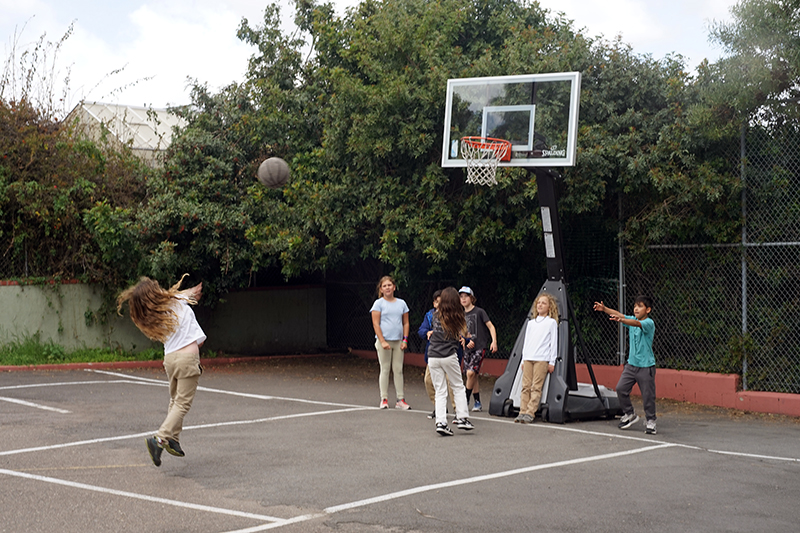
As they grow older, the nature of “danger” evolves, and children are encouraged to take risks, whether that means saving a classmate in a game or pushing themselves to run faster. These experiences in a controlled environment teach them to face adversity, literally and metaphorically “fall,” and then rise again. The curriculum aligns with the progression from fairy tales in the first grade to modern history in the eighth grade, symbolizing the child’s journey from the cosmos to the earth. By the time they reach the end of this journey, they are ready to engage with the world “as it is.”
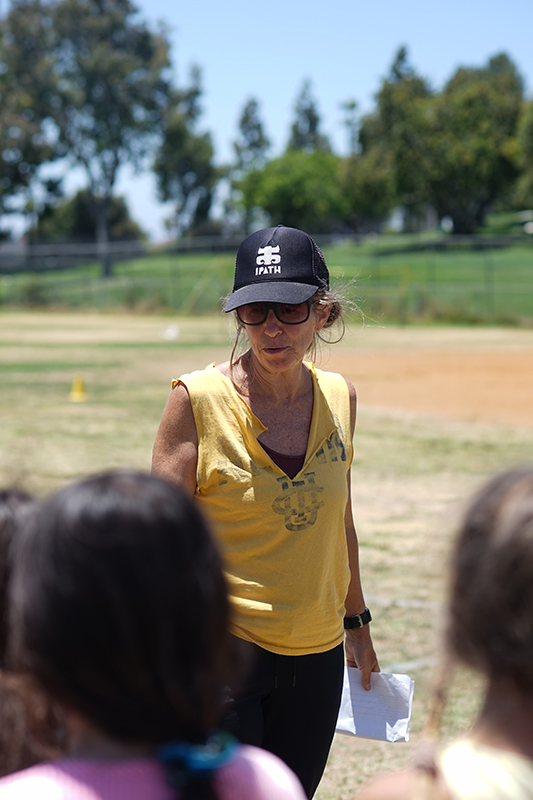
The Role of Organized Sports
Organized sports can play a beneficial role in a child’s development, but timing is crucial. In the early years, children may struggle to separate their performance in a game—such as missing a shot or striking out—from their self-worth. Additionally, too many adult-led activities can limit their imaginative play and exploration. While every child is different, a good guideline is to delay organized sports until after the nine-year change, and only when the child expresses a genuine interest. It’s important to explore the underlying motivations for this interest. Is the child attracted to the gear, seeking social connections, or influenced by family traditions? Taking the time to understand these factors can help parents make thoughtful decisions. It may be that playing catch in the backyard is what the child truly needs at first, rather than jumping straight into team sports.
Trusting the Process
Ultimately, the movement curriculum is about more than just physical education; it’s about fostering a deep connection between the child and their body, supporting their emotional and psychological development, and guiding them through important life transitions. As parents and educators, it’s essential to trust the process, listen to the child’s needs, and resist external pressures to conform to societal timelines. By doing so, we can help children develop a balanced and joyful relationship with their own bodies, preparing them for the challenges and adventures of life ahead.

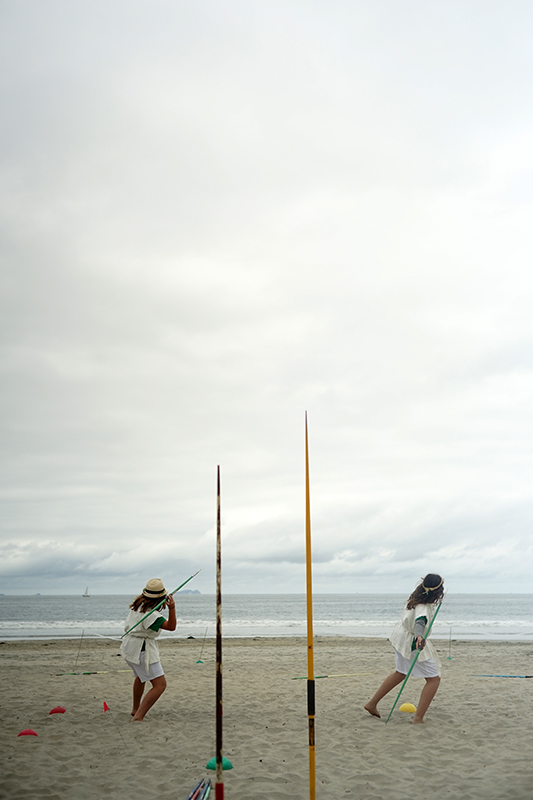
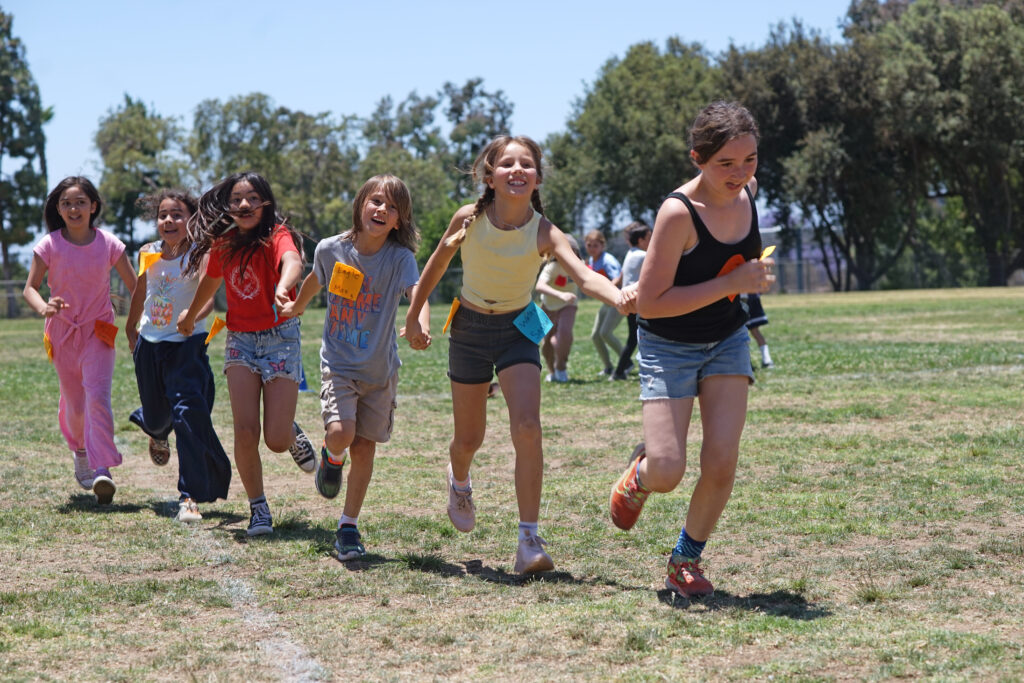
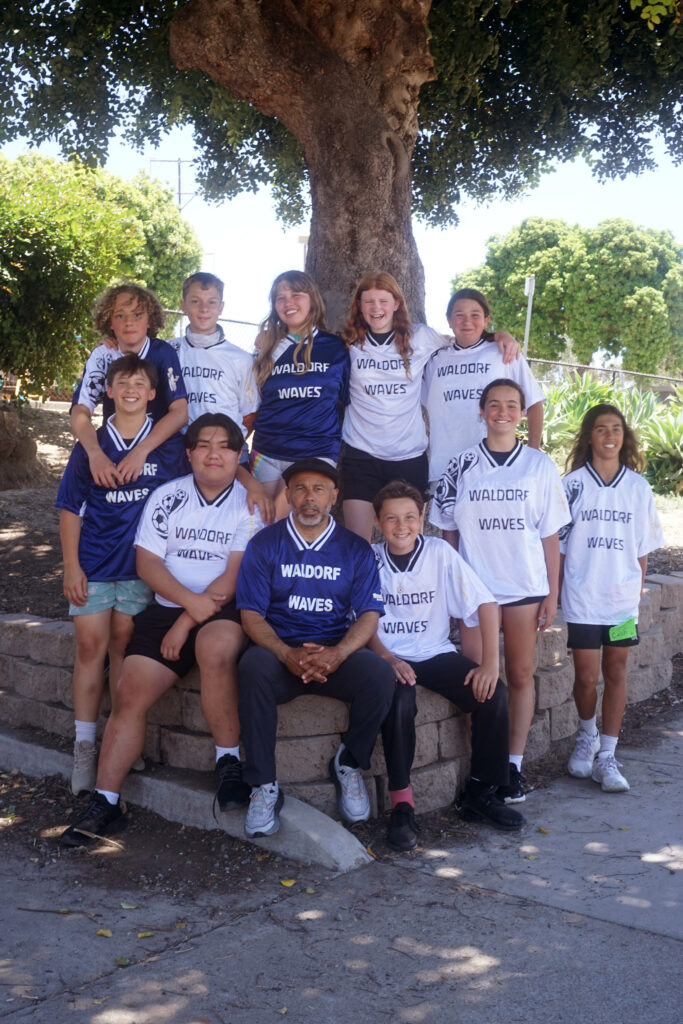

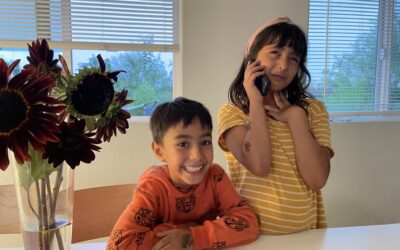
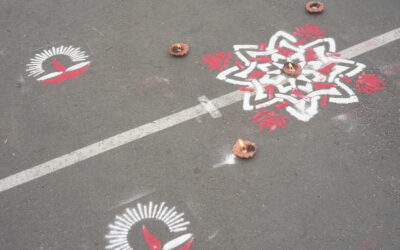
0 Comments